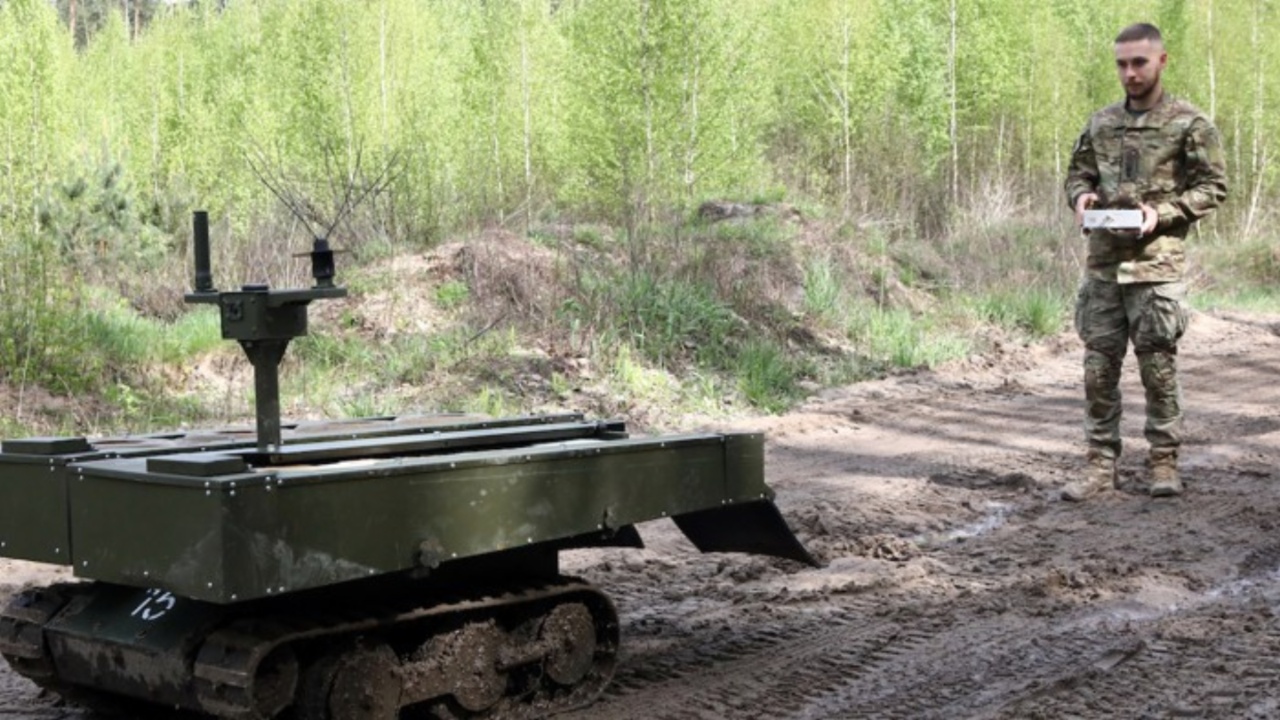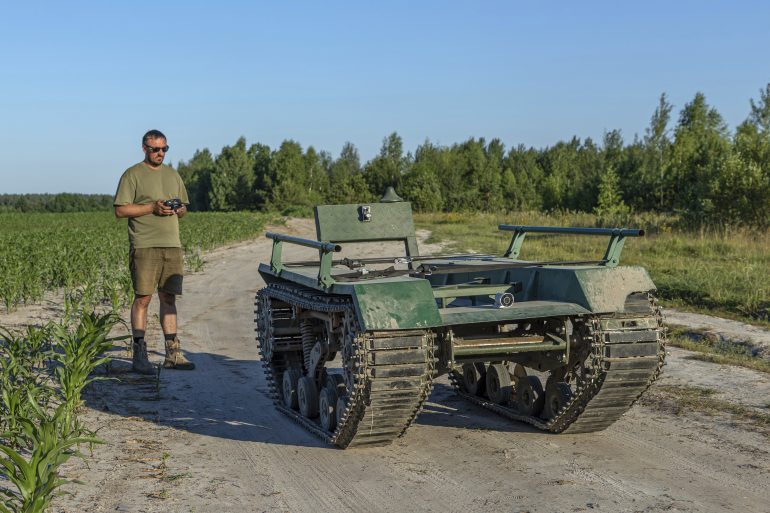Ukraine has announced an ambitious goal of deploying 15,000 Uncrewed Ground Vehicles (UGVs) by 2025 in response to severe manpower shortages caused by the ongoing war. These robots are seen as crucial substitutes for human roles on the battlefield, especially as Ukraine increasingly turns to technology to reduce casualties and enhance efficiency.
Ukraine’s rapid expansion of drone production has set a precedent, with numbers skyrocketing from a few thousand in 2022 to 2 million in 2024. However, scaling up ground robots presents more complexity due to logistics, cost, and physical limitations compared to the relatively simple and expendable nature of drones.
The Ministry of Defense ramped up its investment in UGVs from $2.5 million in late 2024 to $150 million in early 2025. Dozens of Ukrainian tech developers are producing a wide variety of UGVs for roles ranging from logistics and mine clearance to combat, with 70 designs tested and about 15 actively used at the front.
High Costs and Complex Logistics Limit UGV Use to Support, Not Combat Roles
Despite enthusiasm, actual battlefield deployment remains limited due to significant logistical challenges. UGVs require fuel or heavy batteries, complicating their deployment. Their higher cost—starting at $2,000 and going up to over $10,000—also limits their mass production compared to aerial drones.

UGVs excel in niche support roles rather than direct combat. Logistics is one key area where they are making an impact, such as resupplying frontline troops under heavy threat from enemy drones. However, casualty evacuation remains risky and rarely done autonomously, as it still requires human oversight and coordination.
Ironically, “uncrewed” systems often require multiple human operators. A typical UGV mission can involve up to four people, including the ground driver, weapon controller, and a drone team for navigation and reconnaissance—highlighting the current limitations of battlefield autonomy.
Smart, Autonomous Robots Could Soon Redefine Warfare While Supporting, Not Replacing, Soldiers
The future of UGVs lies in autonomy. True battlefield usefulness depends on smart software that can make decisions in real time, navigate complex terrain, and operate without GPS or constant human input. However, military environments make this far more difficult than civilian applications like self-driving cars.
Ukraine has already carried out its first fully remote-controlled assault using UGVs in combination with aerial drones. These coordinated attacks aim to reduce human involvement in frontline action. Defensive use of robotic systems, like automated turrets, has also shown promise in repelling enemy advances without risking lives.
While humanoid and quadruped robots promise better mobility, they face major terrain challenges. Trials with robot dogs have proven ineffective in muddy or uneven terrain. Humanoids like Tesla’s Optimus remain theoretical tools for future use, pending significant improvements in AI and battlefield testing.
For now, robots will serve alongside human troops, not replace them. UGVs will handle the riskiest support roles, gradually evolving as technology improves. As seen with drones, the integration of AI may soon shift the balance, reducing frontline human presence over time and making robotic warfare a defining feature of Ukraine’s defense strategy.

